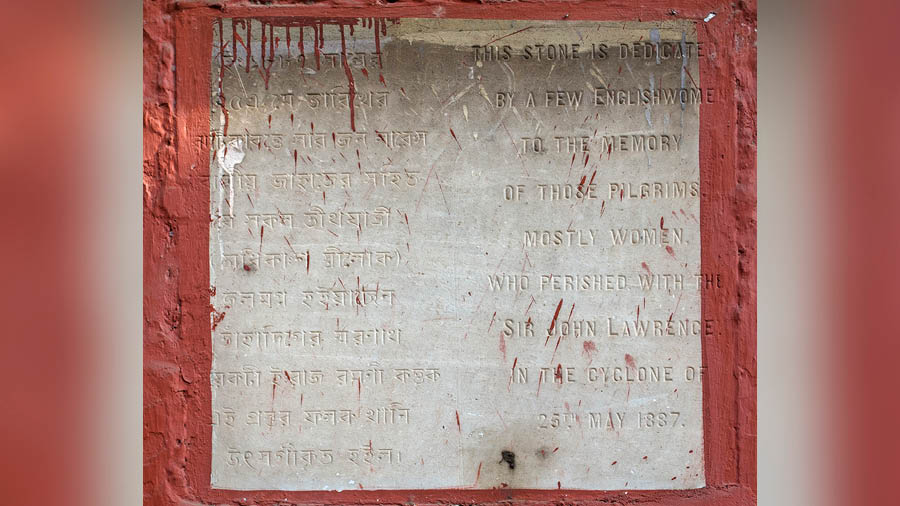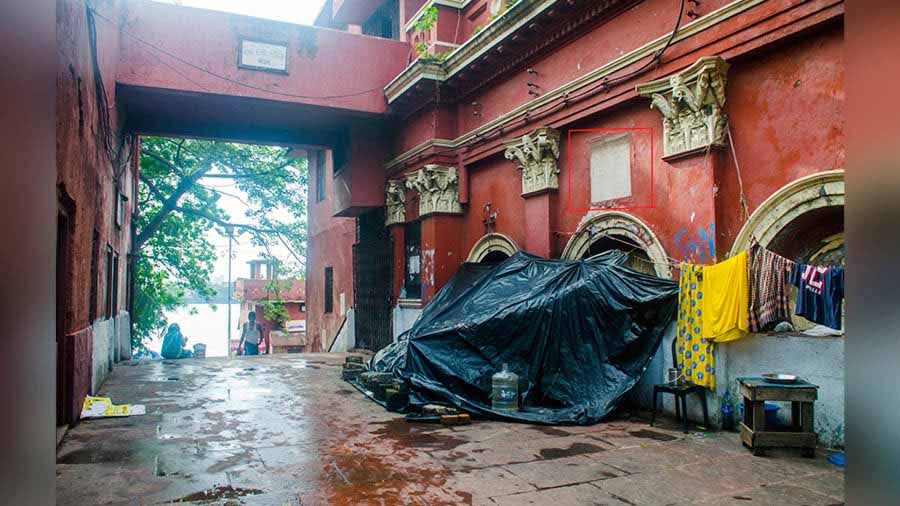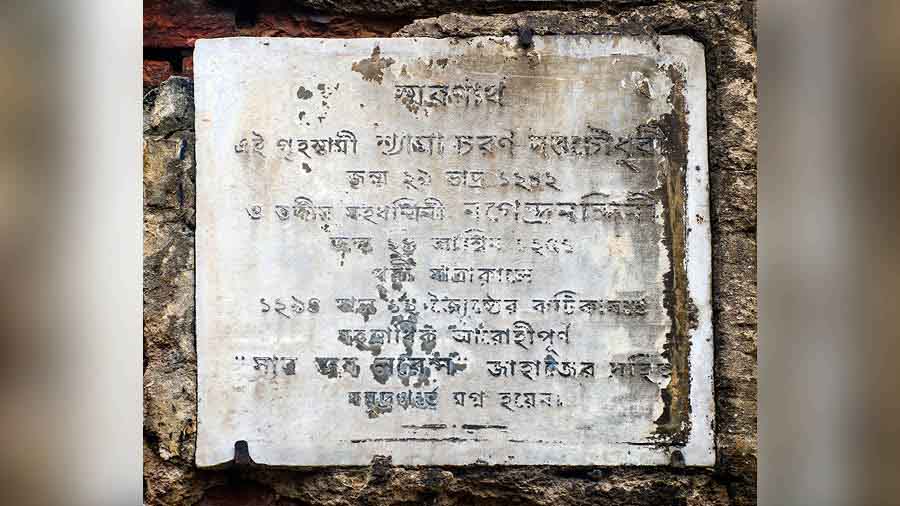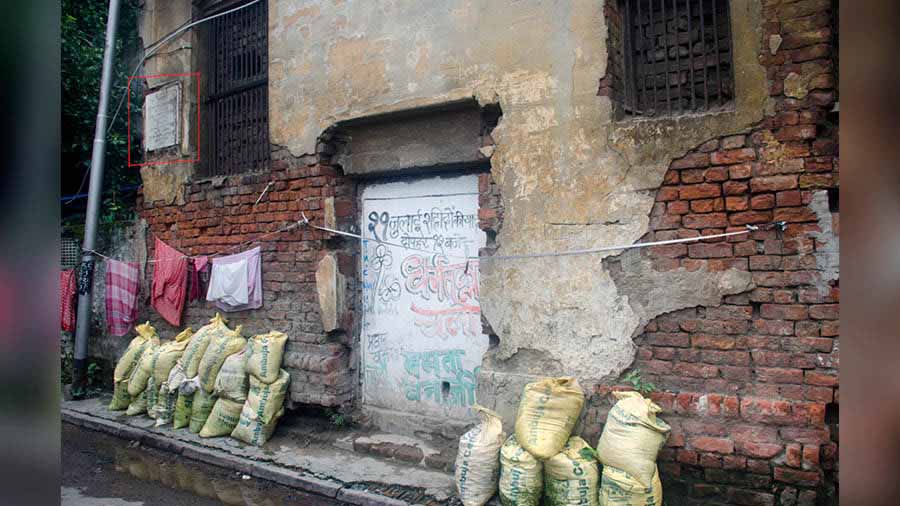A couple of days ago, a Malaysian cargo ship MTT Singapore ran aground near Garchumuk on Hooghly River creating a blockage in the flow of river traffic. The meandering strip of water connecting the Bay of Bengal to the Kolkata Port has never been a safe passage for ships. Changing river course and shifting sand banks along with the tidal effect have always made the journey perilous. Over the centuries the Hooghly River has been the graveyard for many a sunken ship.
Interestingly, one of these sunken ships paved the rail link from Kolkata to Puri.
Prior to the Kolkata – Puri rail link the pilgrimage to Puri was no easy task. The pilgrims took the land route, which was known as Jagannath Sadak. Anil Dhir, a researcher on Jagannath Sadak, narrates, “It was no safe journey as the road passed through dense jungle infested with wild animals, including tigers. The greatest threat came from the dacoits, who were not only known for looting but also for their merciless killing.” In spite of all odds about 5-6 lakh pilgrims made it to Puri from Bengal every year during the 1870s.

The bilingual (Bengali and English) plaque dedicated to 'Sir John Lawrence' at Chhotulal Ghat
Dhir also adds, “The fortunate few with deeper pockets did have an alternative and it was the waterway. A journey along the Hooghly River and across the Bay of Bengal took the pilgrims to Chandbali, in Odisha. From there, they would make their way to Cuttack by palanquins or bullock carts and continue to Puri. Even for the rich, it was an expensive affair and most would prefer to send the women folk and children in the ships while the men preferred to take the notorious Jagannath Sadak.”

The plaque (highlighted in red box) at Chhotulal Ghat
Foreign shipping companies took advantage of the growing demand. Taking advantage of the mismatched demand and supply gap, they started overloading the ships. On 25 May, 1887, Sir John Lawrence of McLin and Company set sail from Kolkata’s Chhotulal Ghat loaded with pilgrims, mostly women and children. They were heading to Puri on the occasion of Snan Yatra. The ship was managed by a crew of 30 sailors out of which six were Englishmen. The exact number of passengers was not officially known but it far exceeded the capacity of 725. The ship ran into the path of a cyclone near the Sagar Island and sank, killing everyone on board. Official death toll stood at 732 but the actual figures were far higher.

The plaque written in Bengali at Dutta Para Lane
As most of the women who perished were from well-to-do families from Kolkata, the incident created an uproar in the elite Bengali society of Kolkata. Rabindranath Tagore penned the poem of Sindhu Taranga as a tribute to the departed souls.
More tangible development followed and the Balasore Railway Committee was formed in 1881. A memorandum was sent to the Government of Bengal asking for construction of a direct rail link between Calcutta and Madras through Orissa’s coastal plains along with a branch line to Puri. The public pressure had its effect and a survey for a rail line was finally sanctioned and operation started in 1900.
The wreck of Sir John Lawrence has long been forgotten but two hidden and almost obliterated plaques still remind one of the tragic incident that happened more than a century ago. A bilingual (Bengali and English) plaque is located on the walls of the Chhotulal Ghat, from where Sir John Lawrence made its final journey.

The plaque (highlighted in red box) at Dutta Para Lane
The plaque is located on the right hand side of the stair descending from the road to the ghat. The English version reads: “The stone is dedicated by a few English women to the memory of those pilgrims, mostly women, who perished with Sir John Lawrence in the cyclone of May 25, 1887.”
The other plaque is in Bengali and is of personal nature. It is dedicated to a Shyamcharan Dutta Chowdhury and his wife Nagendra Nandani, who perished with the ill-fated ship. The plaque was set up by their son on the walls of their residence on the day of their shradha. The almost obliterated plaque can be seen to this day on the western end of the Dutta Para Lane in Nimtala area.
So, next time you take a train to Puri, do spare a few seconds to remember the victims of the ill-fated Sir John Lawrence.
